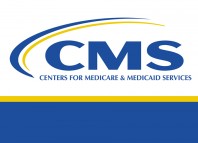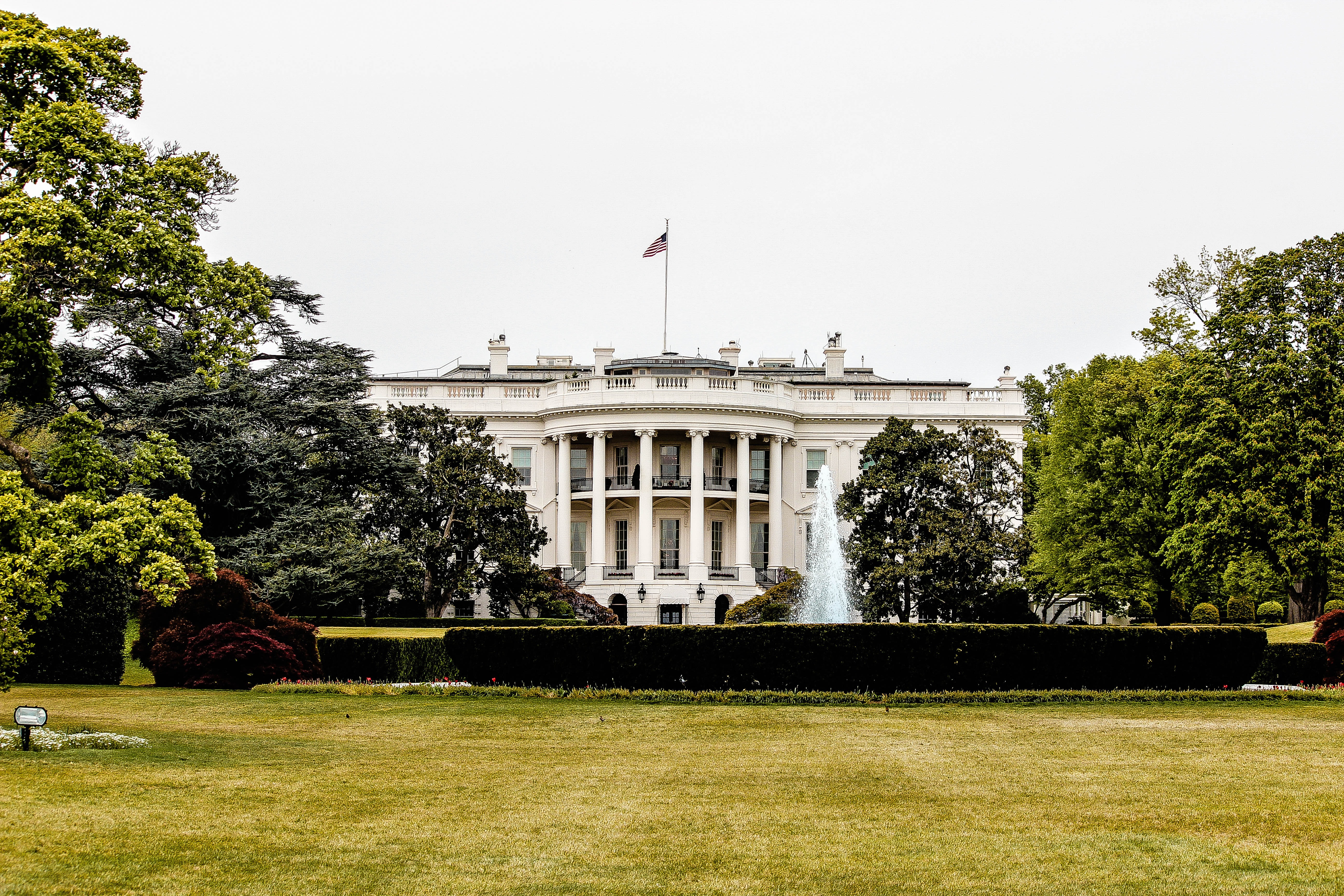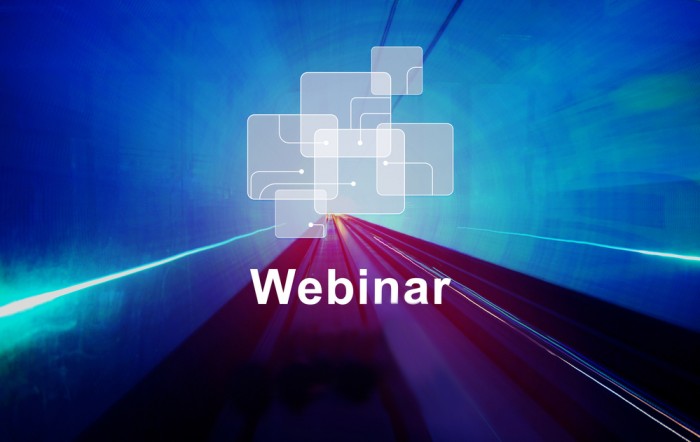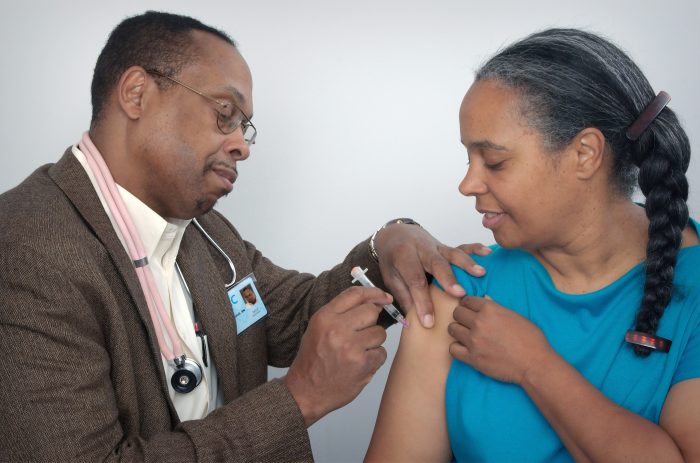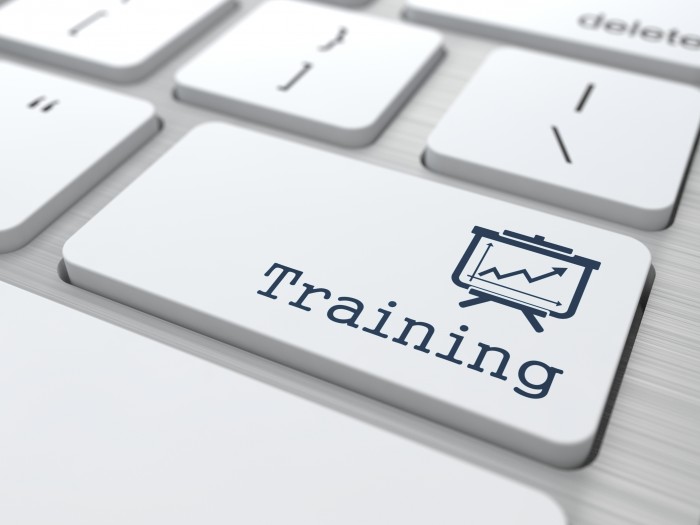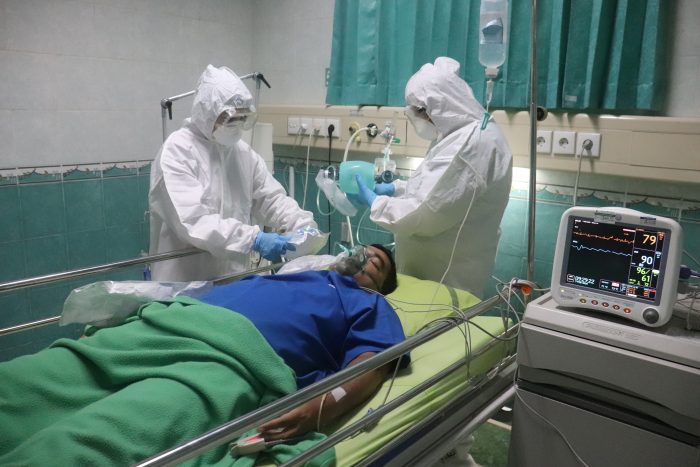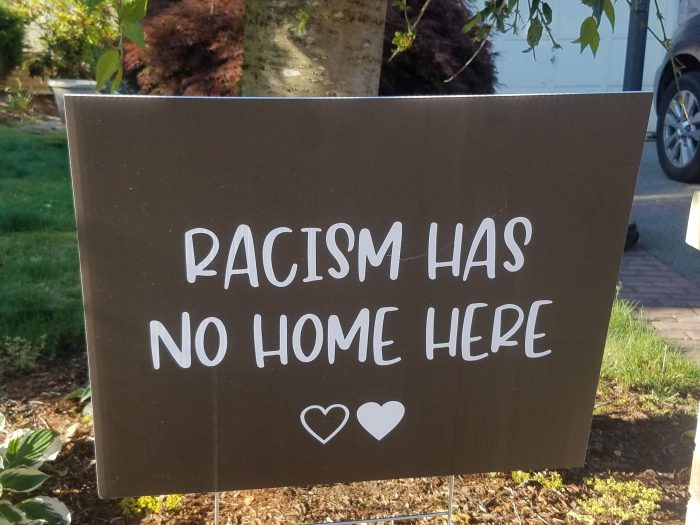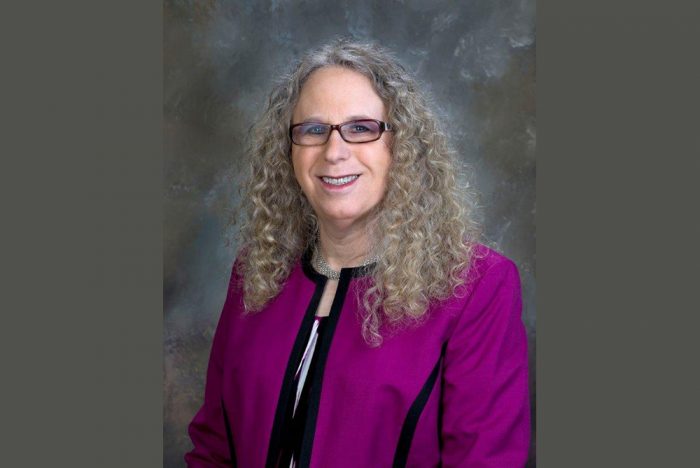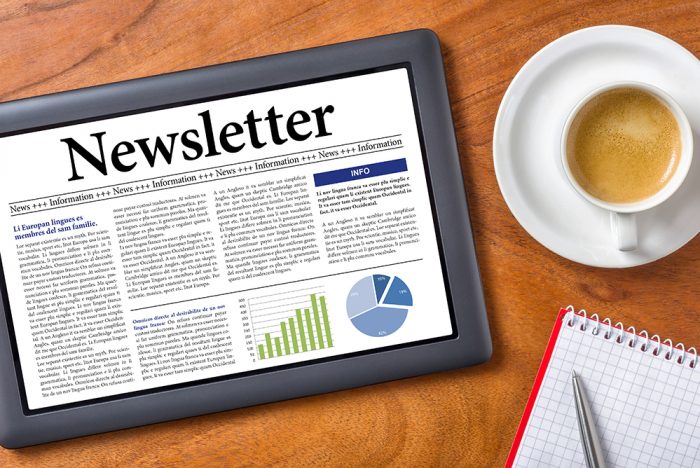The Department of Human Services (DHS) has released Racial Equity Report 2021, including a message from Teresa Miller, Secretary of Human Services. The report addresses several areas and concludes with this message about Moving Forward:
In the more than seven years since the Black Lives Matter movement began, there have been overdue
and necessary conversations about the treatment of people who are Black, Latinx, Asian, Middle
Eastern, and other non-White identities in the United States. Open and honest conversation and
education are critically important. Each of us only truly knows the world as we experience it, and there
is no shame in that. It is incumbent on each of us, though, to not let our experiences alone drive our
worldview and the way we treat and empathize with others. We must listen to others’ experiences,
challenge our own reactions and pre-conceived notions, and act from a more informed lens that
includes multiple perspectives.
The work must continue, and we must use these conversations and education to drive meaningful
change. We must use our platform to be actively anti-racist and educate our staff, the stakeholders and
constituencies we work with, and the broader public as much as possible. Challenging stereotypes and
biases is not a fight that DHS can win unilaterally, but we can use our position and our platform to
challenge and change these conversations where we can. We must actively build equity, inclusion, and
diversity into our work to overcome circumstances of the past that still persist. We cannot change the
past, but we can be a part of a solution moving forward by seeking to eliminate unintentional and
implicit consequences and be an active ally in this work. The more than 3 million people DHS serves,
our nearly 16,000 employees, and the citizens of the Commonwealth of Pennsylvania as a whole
deserve this.



